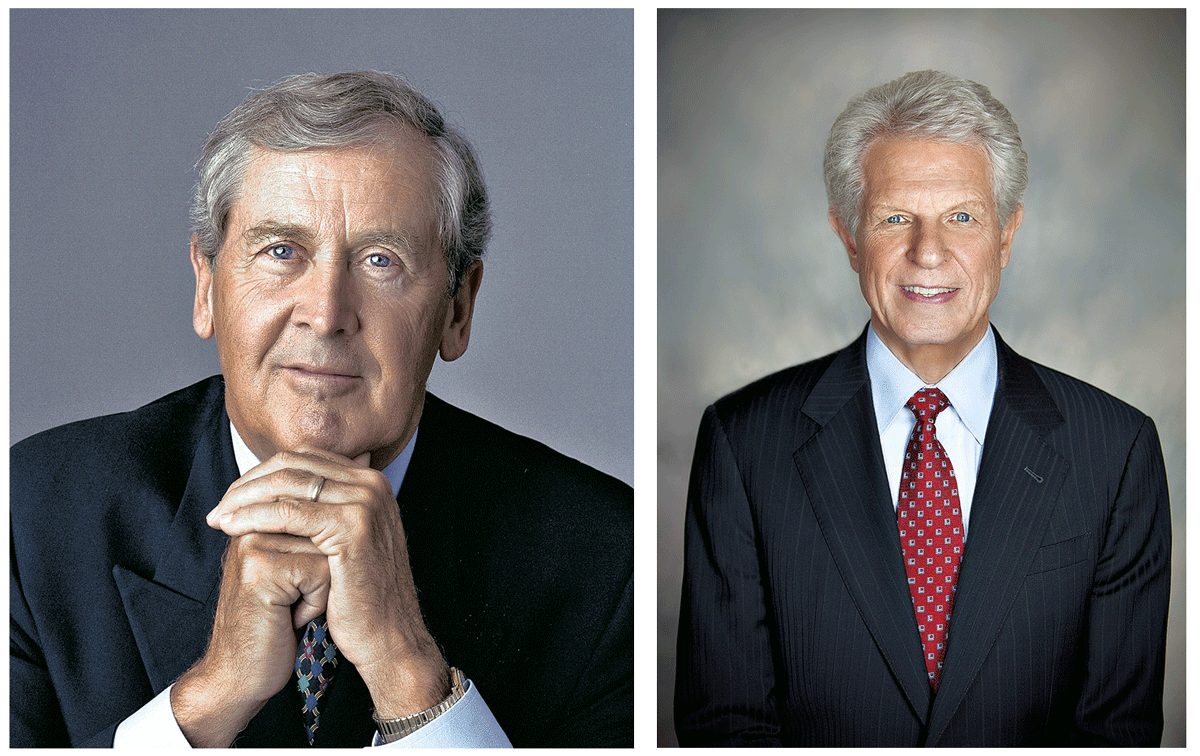The selection of a brand’s points of difference begins with its competitive strengths and insight about consumers’ motivations for using the category and/or brand. The goal is to find a feature or benefit that distinguishes the brand from competitors in the same category and that is valued by consumers. When the point of difference is a benefit (rather than a product feature), the claim is strengthened by providing reasons to believe the benefit claim.
Fast-food chain Subway offers healthier meals than other quick-serve restaurants because its sandwiches have fewer grams of fat. Here, the healthier benefit is supported by an attribute “reason to believe”: fewer grams of fat. Although attributes can offer a compelling way to support a benefit point of difference, in many cases they are readily imitable. For this reason, brand positions often rely on image to provide a rationale for a benefit point of difference—the type of person who uses the brand and the type of uses it has. Nike, for example, has used professional athletes to support the brand’s claim of superior performance in athletic shoes rather than relying on attributes such as unique technology in product design. Image is also used when a category’s attributes are not relevant to consumers. The endorsement of celebrities such as Mariah Carey, Kim Kardashian, or Paris Hilton provides consumers with a reason to believe that a particular brand of fragrance will enhance their personal appeal. Image brand positions are sustained by marketing support that links the image with the brand.
Leading brands typically adopt the benefit that motivates category use as their point of difference, whereas “follower” brands choose a niche. Tide, the leading detergent, is simply superior at cleaning clothes. Follower brands make narrower claims: Cheer cleans clothes in cold water and Wisk is strong against stains.
In choosing a point of difference, brand marketers usually prefer benefits that reflect an existing consumers’ belief. For example, Honey Nut Cheerios developed a strong brand franchise by capitalizing on consumers’ beliefs that honey is more nutritious than sugar (it is not) and that Cheerios is among the most nutritious brands of cereal. If, however, a brand is distinguished on a benefit or belief that consumers have not yet accepted, efforts can be made to change consumers’ opinions. Prompting such change is generally more costly than adopting accepted consumer beliefs about benefits, but it is possible. Along these lines, Listerine mouthwash was successful in overcoming consumers’ negative perceptions of its taste by convincing consumers that the unpleasant taste indicated that it was working to kill bacteria and combat bad breath.
For most brands, a single benefit serves as the point of difference. This enables the marketer to convince the consumer more simply and easily of the benefit’s importance when making a brand choice. However, there are several circumstances in which a position is based on multiple benefits. When competitors are each focusing on a particular benefit, a brand might compete by claiming to do it all. In the soap category, Ivory is positioned as offering superior cleaning, Dove as providing better moisturizing, and Zest as ensuring greater deodorizing. When Lever 2000 was launched, it was positioned as the bar soap that does it all. This placed Lever 2000 in its own category as the one that offered all the benefits, with the other brands being lumped together as incomplete. As a result, Lever 2000 enjoyed rapid growth in the bar soap market.
Multiple features are also used to position a brand on the basis of its value. A value position may be represented by the following equation:
Value = Functional Benefits + Psychic Benefits
Monetary Costs + Time Costs
This equation is conceptual, with the benefits of a brand presented in the numerator and the costs in the denominator. Value is enhanced by increasing the benefits and reducing the costs.
To illustrate the value equation, consider UPS’s positioning. UPS is the leading ground parcel firm in the United States and second in air freight deliveries. UPS offers value by ensuring that packages and letters get to their destination on time. They do this by offering early-morning delivery (8:30 a.m.) and by routing their trucks to make as many right-hand turns as possible so as not to be slowed by oncoming traffic. One benefit of these services is psychic—customers are confident that packages will get to their destination on time. UPS saves companies money because its reliable delivery allows firms to produce product on demand, and thus limit the inventory required. And UPS’s wireless tracking of shipments saves managers time by enabling them to monitor the progress of the packages while engaging in other activities. Thus, UPS enhances value by increasing the functional and emotional benefits and by reducing the monetary and time costs.
When selecting multiple benefits, it is important to assess their fit with each other. Specifically, brands possessing potentially opposing benefits can undermine consumer confidence in the brand’s position. For example, when the value proposition is that a brand has high quality, a low price might undermine this belief. Similarly, when a food brand offers superior nutrition, consumers might be skeptical of a superior taste claim. And if a car is positioned as safe, consumers may doubt the claim that it also offers exceptional acceleration.
Finally, brand marketers should use caution in selecting benefits to convey a brand’s point of difference on the basis of what consumers say. Consumers profess an interest in some benefits not because of the benefit’s importance to their brand choice, but because they feel peer pressure to do so. Thus, consumers often indicate high interest in a car’s safety and fuel efficiency even though there is not a correlation between these reports and actual brand choice.
Contributed to Branding Strategy Insider By: John Wiley & Sons, excerpted from Kellogg on Marketing, 2nd Edition by Alice M. Tybout (editor), Bobby J. Calder (editor), Phillip Kotler (foreword by) (c) 2010 by The Kellogg School of Marketing.
The Blake Project Can Help: The Brand Positioning Workshop
Branding Strategy Insider is a service of The Blake Project: A strategic brand consultancy specializing in Brand Research, Brand Strategy, Brand Licensing and Brand Education




